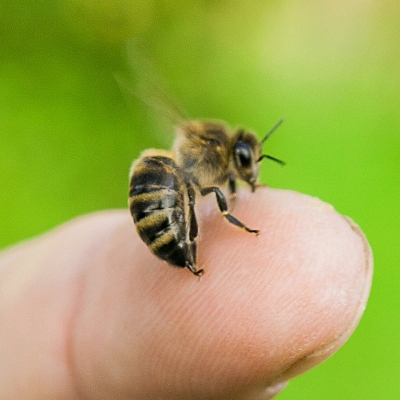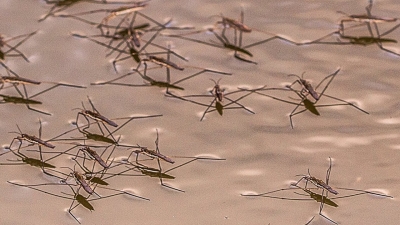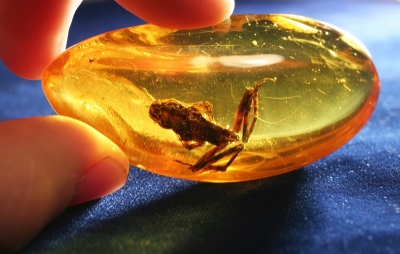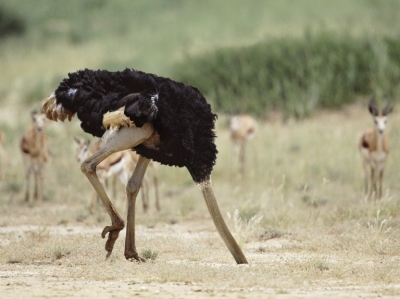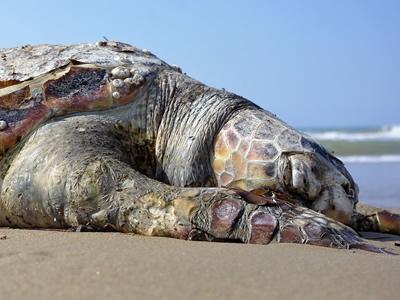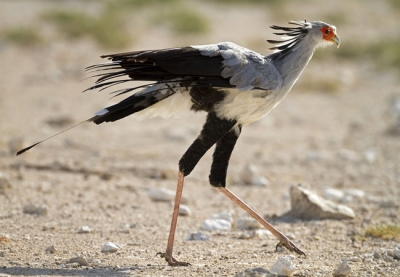What is the difference between a tortoise and a terrapin?
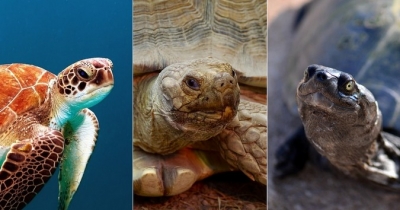
The shell of a tortoise is heavier and more dome-shaped than the terrapin's. Neither reptiles have teeth, but their jaws are razor sharp.
A terrapin has a more streamlined shape than a tortoise. It can live in fresh water as well as on land. Some of them have slightly webbed feet.
Tortoises live exclusively on dry land and are usually found in hot, dry environments. Their shells are not streamlined like marine turtles but are instead shaped like a dome, and they have column-shaped feet with claws.
They are not good swimmers, but will occasionally enter bodies of water (such as at a waterhole or even a puddle) to clean themselves or drink water.
Even though they are known to eat a small amount of meat, tortoises are mainly herbivorous, primarily eating low-lying shrubs, cacti, grasses, weeds, fruit, and other forms of vegetation.
Like marine turtles, tortoises can grow quite big and can live for a very long time. The giant tortoises of the Galapagos and the Indian Ocean, along with the Aldabra tortoise from Seychelles, are the largest. They can weigh as much as 417 kg and can grow to be 1.3 metres in length.
Terrapins are the semi-aquatic, freshwater-living versions of turtles. They live in either fresh or slightly salty (brackish) water, and you will find them by waterholes, ponds or lakes. They tend to swim quite often, but also spend their time on land, basking in the sun and occasionally burrowing in the mud. Their name comes from ‘torope’, a Native American Algonquian word meaning ‘a little turtle’.
Their hard shell is slightly streamlined yet also slightly domed (like tortoises). Even though they can swim, they don’t have flippers like a turtle, but rather legs similar to tortoises. You could say that they are like a mix between a turtle and tortoise.
Terrapins are omnivorous, and their diet can consist of molluscs, small fish, crustaceans, insects, algae and other aquatic plants.
Unlike turtles and tortoises, terrapins remain relatively small. However, there are some giant species of terrapin out there, such as the snapping turtle (found in America, hence the use of the term ‘turtle’) which is capable of growing to over 60cm and weigh up to 80 kg.
Credit : Africa Geographic
Picture Credit : Google

